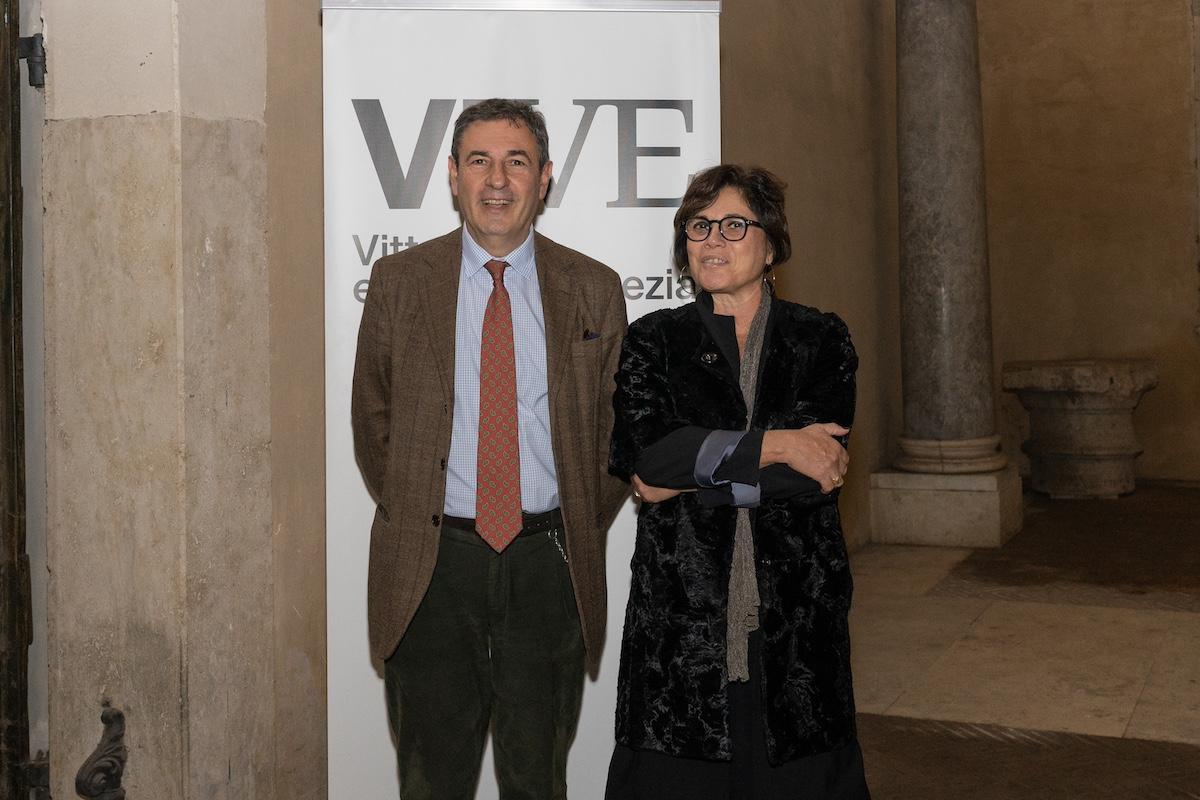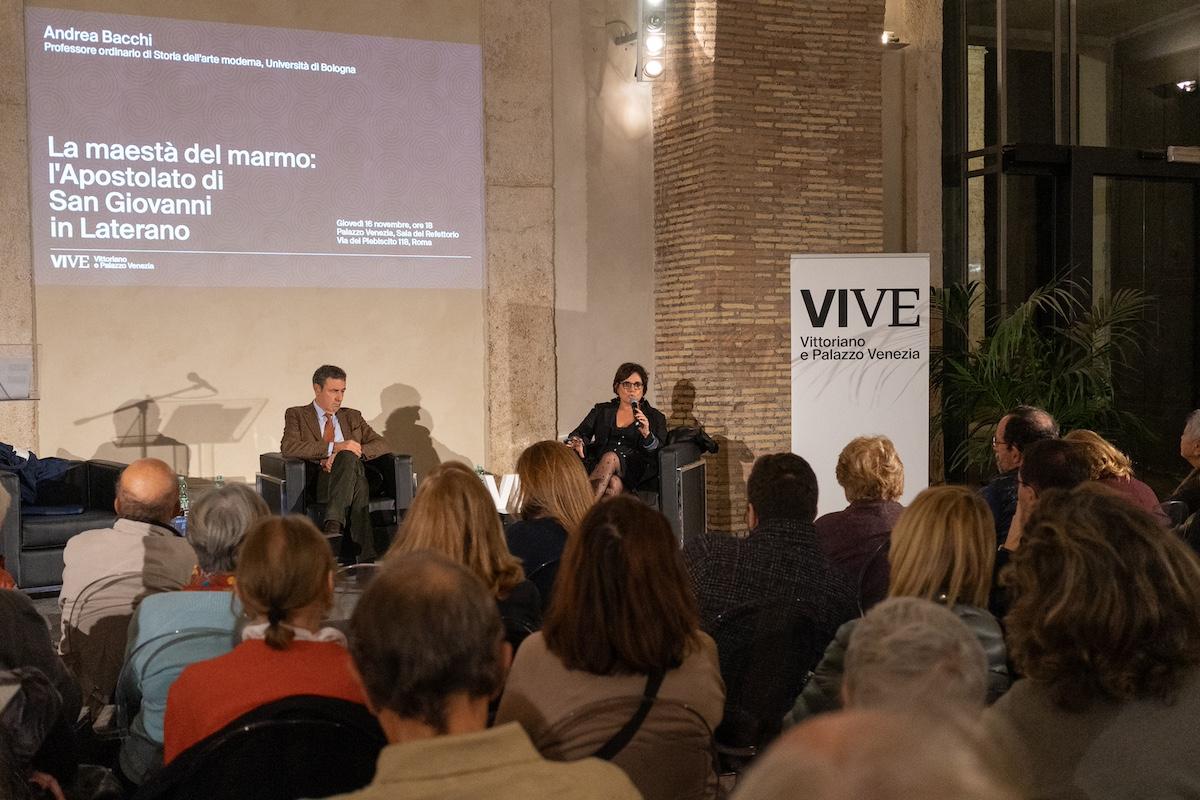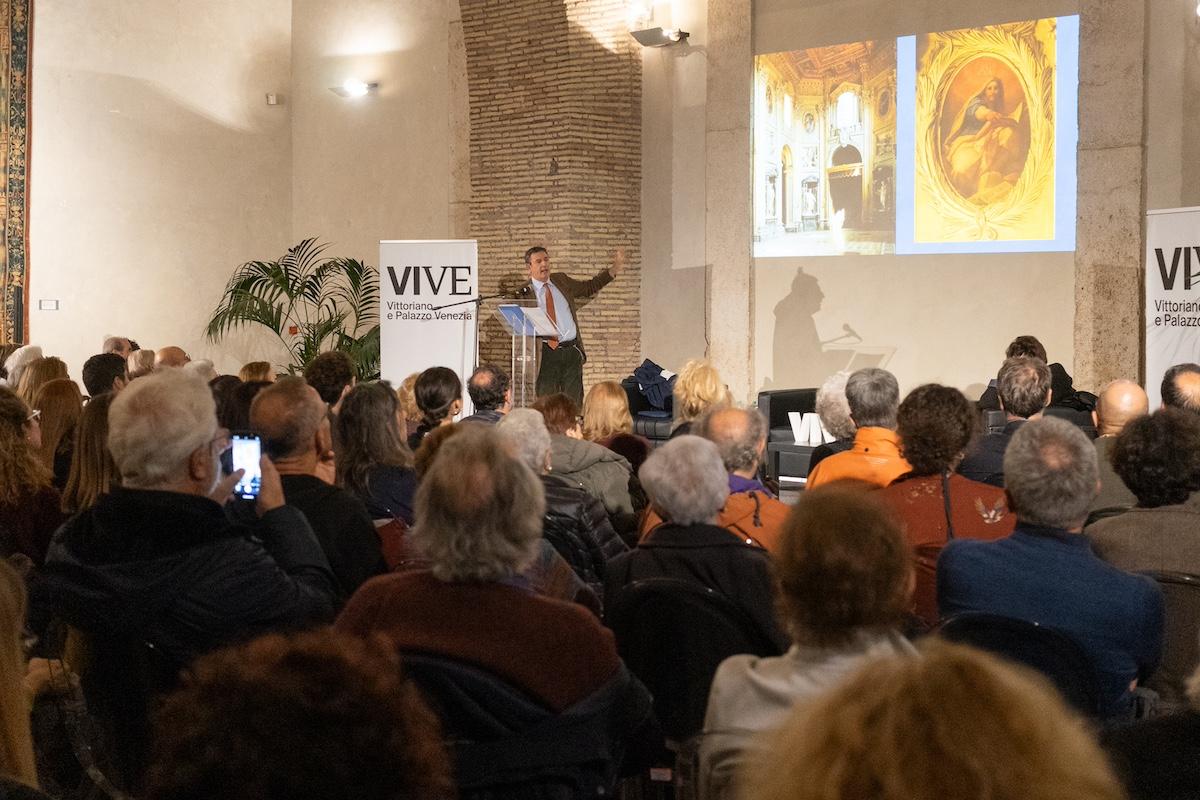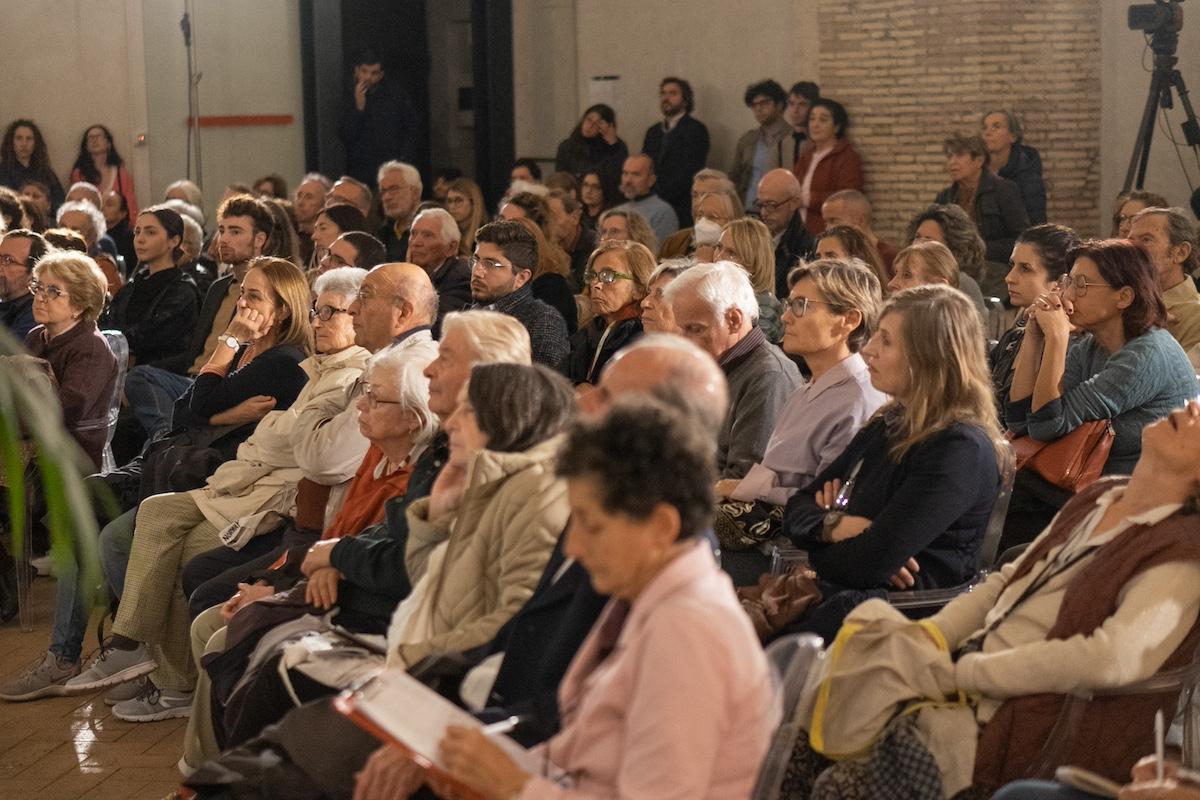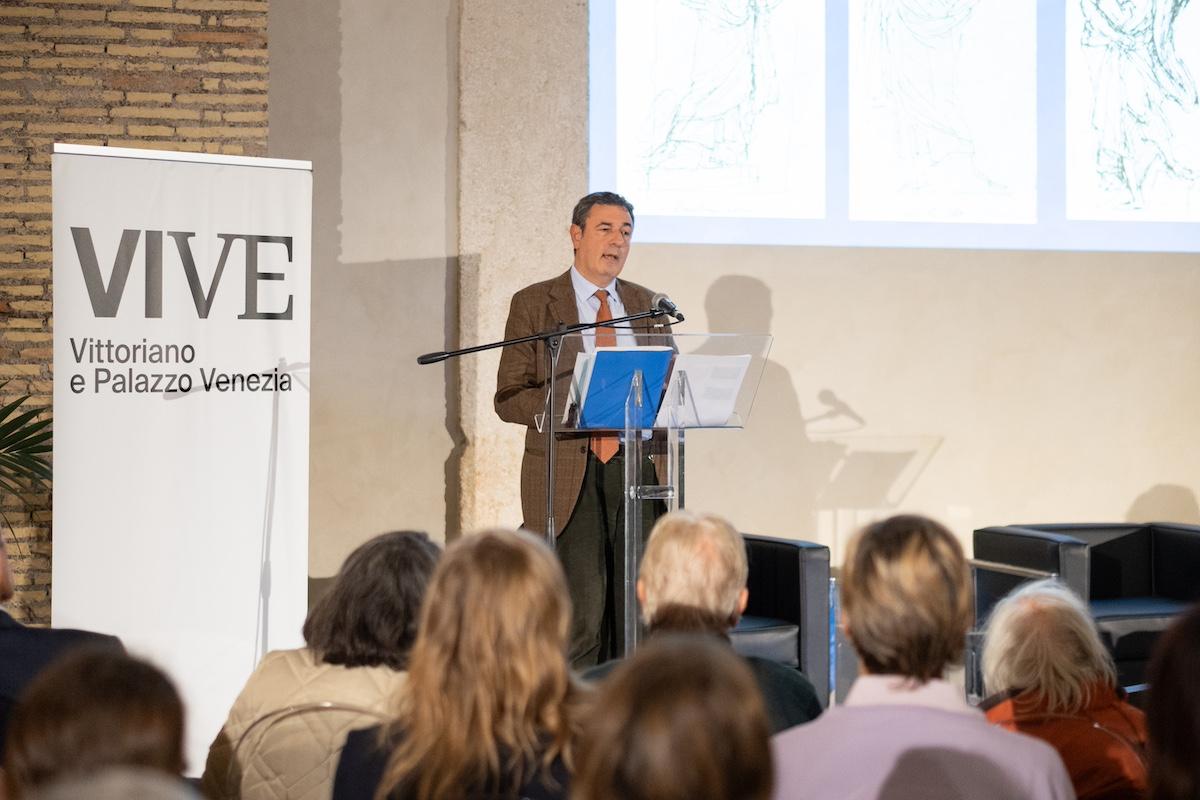SERIES: From VIVE to the city. The history of art in Rome in the 15th-20th centuries - Under the aegis of Silvia Ginzburg, professor of the History of Modern Art, Università di Roma Tre
SPEAKER: Andrea Bacchi
DATE: Thursday 16 November, 6pm
PLACE: Palazzo Venezia, Sala del Refettorio
When, in the early 16th century, Rome inherited Florence’s role as the leading Italian artistic centre, its outstanding hallmark was of grandeur and monumentality (in the 19th century they spoke of the Majesty of Rome). All through the modern age, artistic work sites were opened in Rome on a colossal scale, starting obviously from Fabbrica di San Pietro’s. Although in this Bernini had directed unusually challenging sculptural undertakings, what was achieved in the nave of San Giovanni in Laterano in the early 18th century was unprecedented and remained unparalleled as the pinnacle pf ambition, expense and reception. Financing the execution of the twelve marble apostles four metres high placed in Borromoni’s niches was a joint effort of half of Europe: among others, the King of Portugal, the German Catholic princes, the Grand Duke of Tuscany, as well as Pope Clement XI himself contributed to it. Italian sculptors competed with French, and all had to reckon with the general oversight of a painter, Carlo Maratti. This led to disagreements and misunderstandings as well as masterpieces, such as the St. Matthew by Camillo Rusconi and St. Thomas by Pierre Le Gros.

